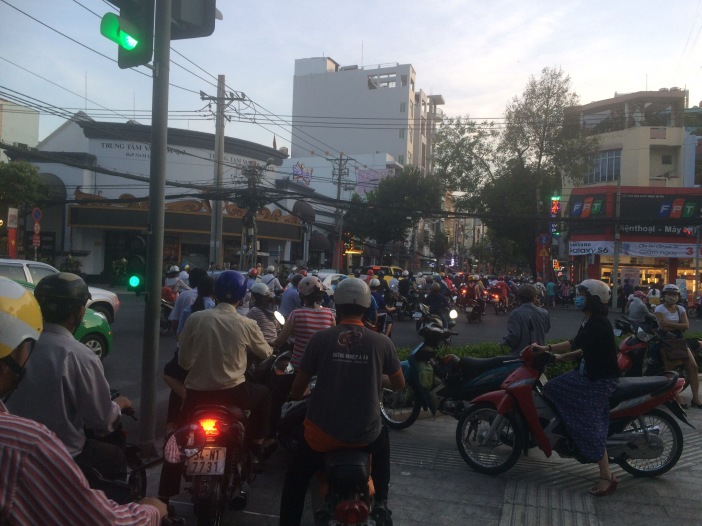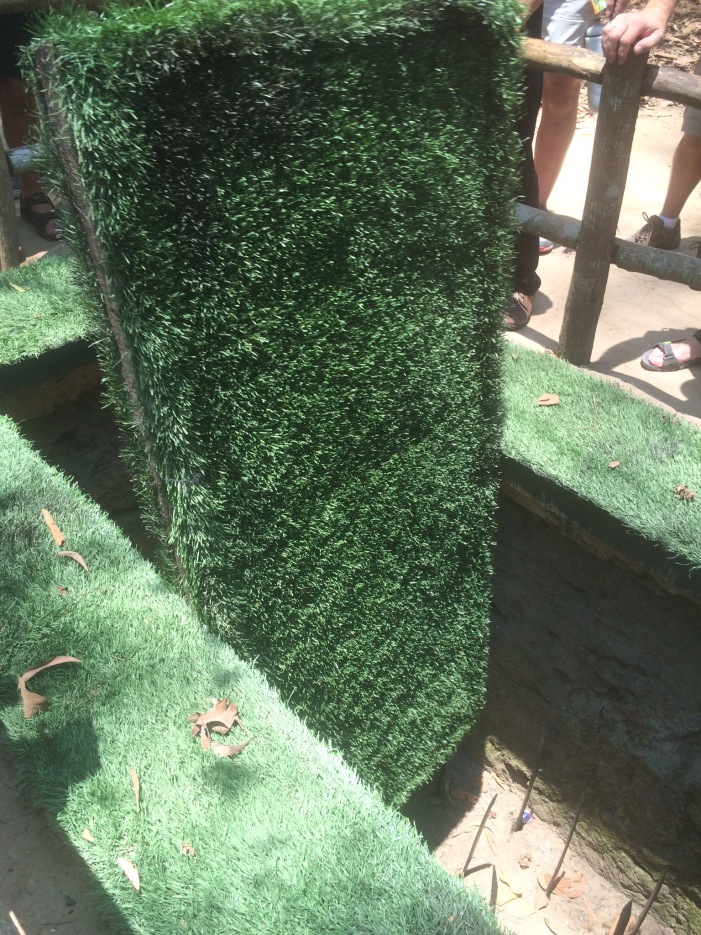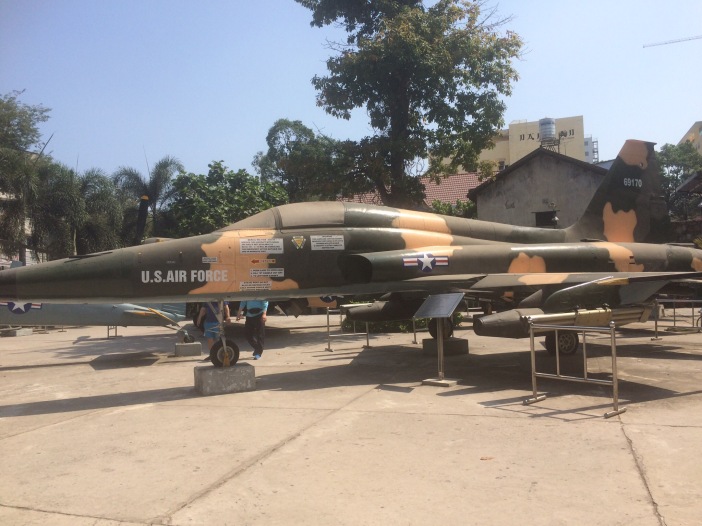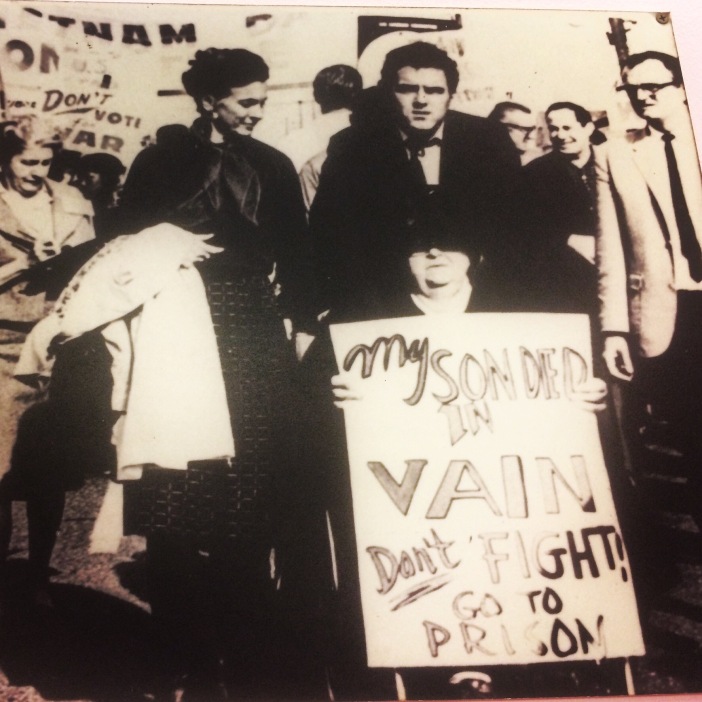We made it to Cambodia! The free welcome drink (I chose fresh passionfruit juice) and the prospect of FREE UNLIMITED LAUNDRY at our hostel, was enough to make me happy.
We spent the day napping, writing and sorting our lives out after an exhausting 15 day stint of action packed days and bedless nights in Vietnam. The free 15 day visa isn’t quite enough to do the whole country but we had a damn good go.
With only 2 nights in Phnom Penh we organised our tuktuk driver for the following morning and was reunited with our Scottish friend Keiron who we’d met in our dorm in Dalat. It really is mad how you bump into the same people over and over again in different cities and countries!
That night Vicky and I went in seek of some live music as it had been a while and we wanted to see if Khmers could do it as good at as the Thais! We read of a bar called Sharky’s which is known for open mic nights and a hang out for local bands.
We took a 10 minute tuktuk and enjoyed a night of good music and wine… yes wine! The old boy who owns the place got chatting to us and was lovely, he told us all about the history of the bar and how he loves live music and insisted we had a drink on him 🙂 But only a few weeks later we were very sad to hear that he had died unexpectedly which is such shame. I would highly recommend Sharky’s if you are ever in Phnom Penh.
We were up bright and early ready for a day of history and sadness made even worse by my bad head… thanks wine. Our first stop was The Killing Fields, where over a million men women and children were murdered by the communist regime; the Khmer Rouge between 1975-1979 following the Cambodian civil war. Pol Pot’s ideology of a one class society where everyone would work the land and be “pure”. Anyone who was educated or resisted his vision was put in prison and later killed -“To keep you is no gain, to kill you is no loss”
The site is home to many mass graves which have now be excavated but still churn up teeth, bone fragments and clothing particles from time to time. As you walk around in silence with nothing but the audio tour ringing terrifying truths in your ears it’s chilling to learn of all the horrors that occurred here, people mindlessly killed, the end of entire families. It was feared that children would grown up and seek revenge on the Khmer Rouge so even babies were killed- “To kill the grass you must also kill the root” There is a specific killing tree where thousands of babies were killed before being thrown into a mass grave. Today people hang bracelets from the tree and lay flowers and offerings at its roots, what struck me is how thin the tree trunk is, a haunting reminder that this didn’t happen all that long ago.

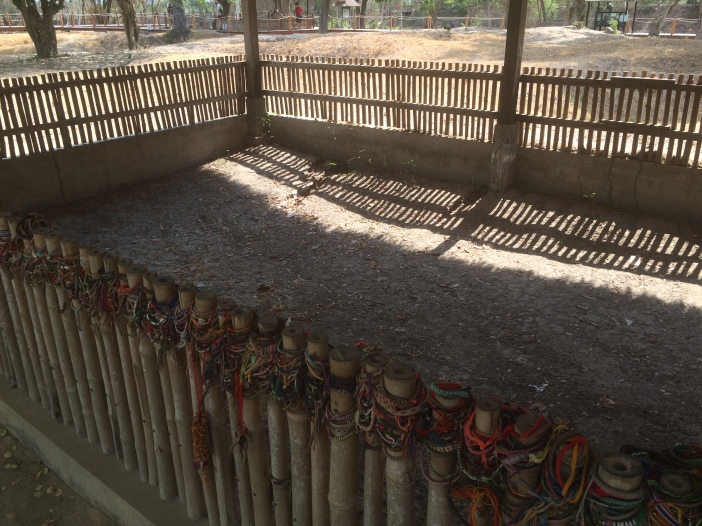 A memorial Stupa was built to house many of the skull and bone fragments that were recovered from the mass graves, each is labelled male or female and an approximate age when they sadly died.
A memorial Stupa was built to house many of the skull and bone fragments that were recovered from the mass graves, each is labelled male or female and an approximate age when they sadly died.
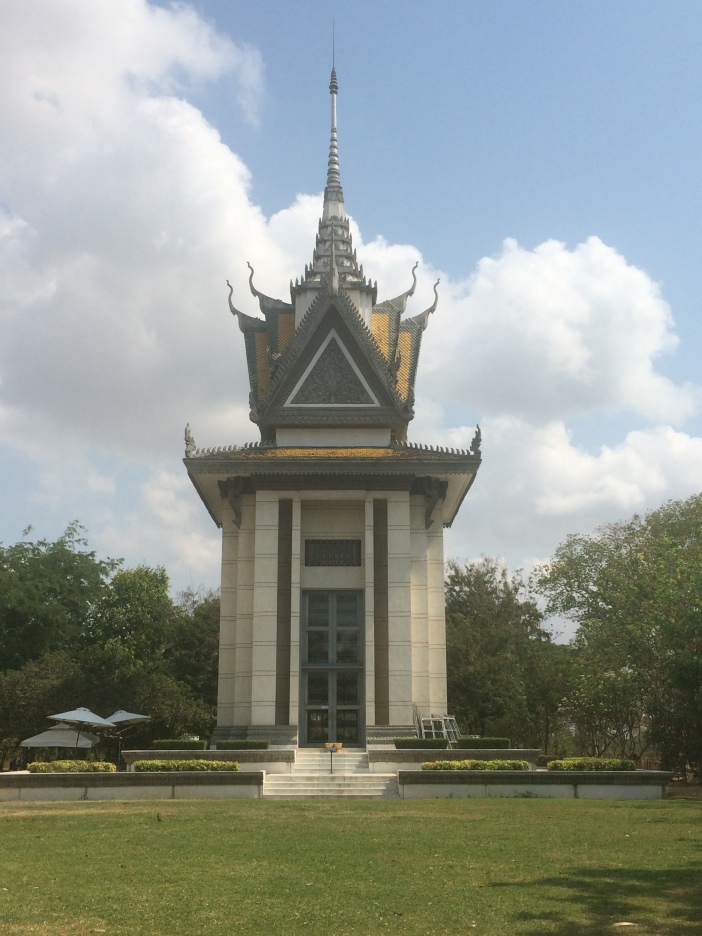
 With heavy hearts and still so many questions, we left to head for S-21 prison where many of the victims were held and tortured before being sent to The Killing Fields.
With heavy hearts and still so many questions, we left to head for S-21 prison where many of the victims were held and tortured before being sent to The Killing Fields.
Tuol Sleng Genocide Museum is home to S-21 prison, formerly Chao Ponhea Yat High School. The Khmer Rouge converted the school into a prison and interrogation centre in August 1975, putting bars on the windows and converting classrooms into torture chambers and tiny prison cells. An estimated 17,000 people were imprisoned during the 4 years, up to 1500 at any one time. During their stay prisoners would be repeatedly tortured an coerced into naming family members and associates, who were in turn arrested, tortured and killed.

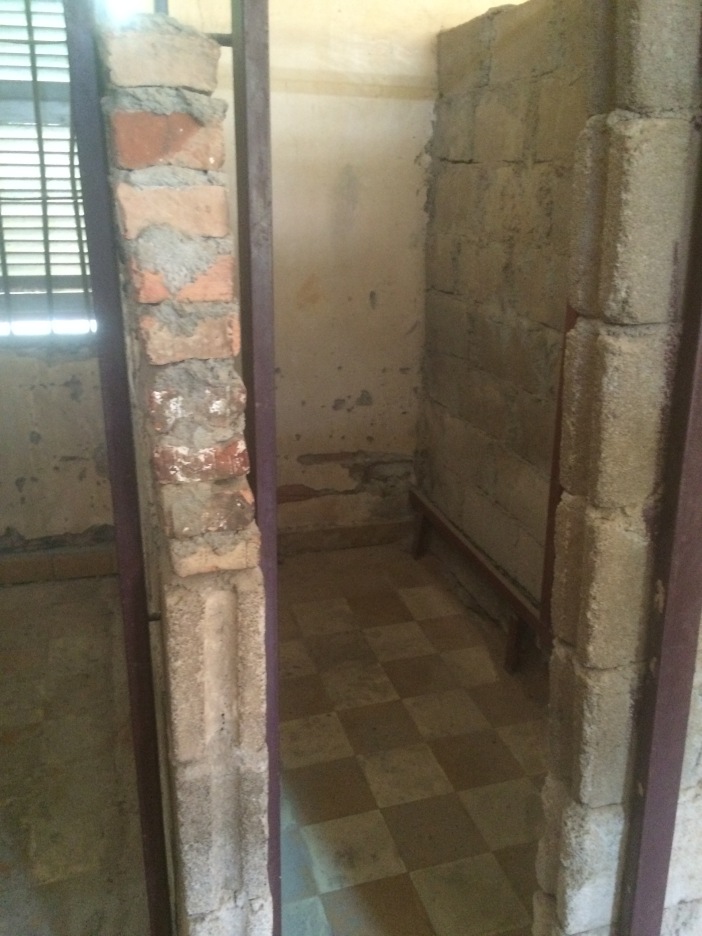 Upon arrival each prisoner was photographed and interrogated, many of these photographs can be seen at the museum along with many of the torture devises and horrendous living conditions. The stories and personal accounts are heartbreaking to read and hear about and some of the photographs on display are truly horrific.
Upon arrival each prisoner was photographed and interrogated, many of these photographs can be seen at the museum along with many of the torture devises and horrendous living conditions. The stories and personal accounts are heartbreaking to read and hear about and some of the photographs on display are truly horrific.
After sitting in the midday sun in silence taking in all we had learnt that day, so many questions are still unanswered, how does such evil exist? How does such a travesty happen in this day and age?
The stark details of Phnom Pehn’s history left us shocked and saddened, we came away feeling very sombre and unsure how to just carry on and go about a normal day. All I know is I am very lucky in the life I have been dealt.
